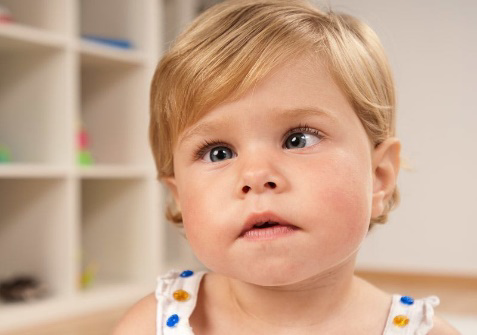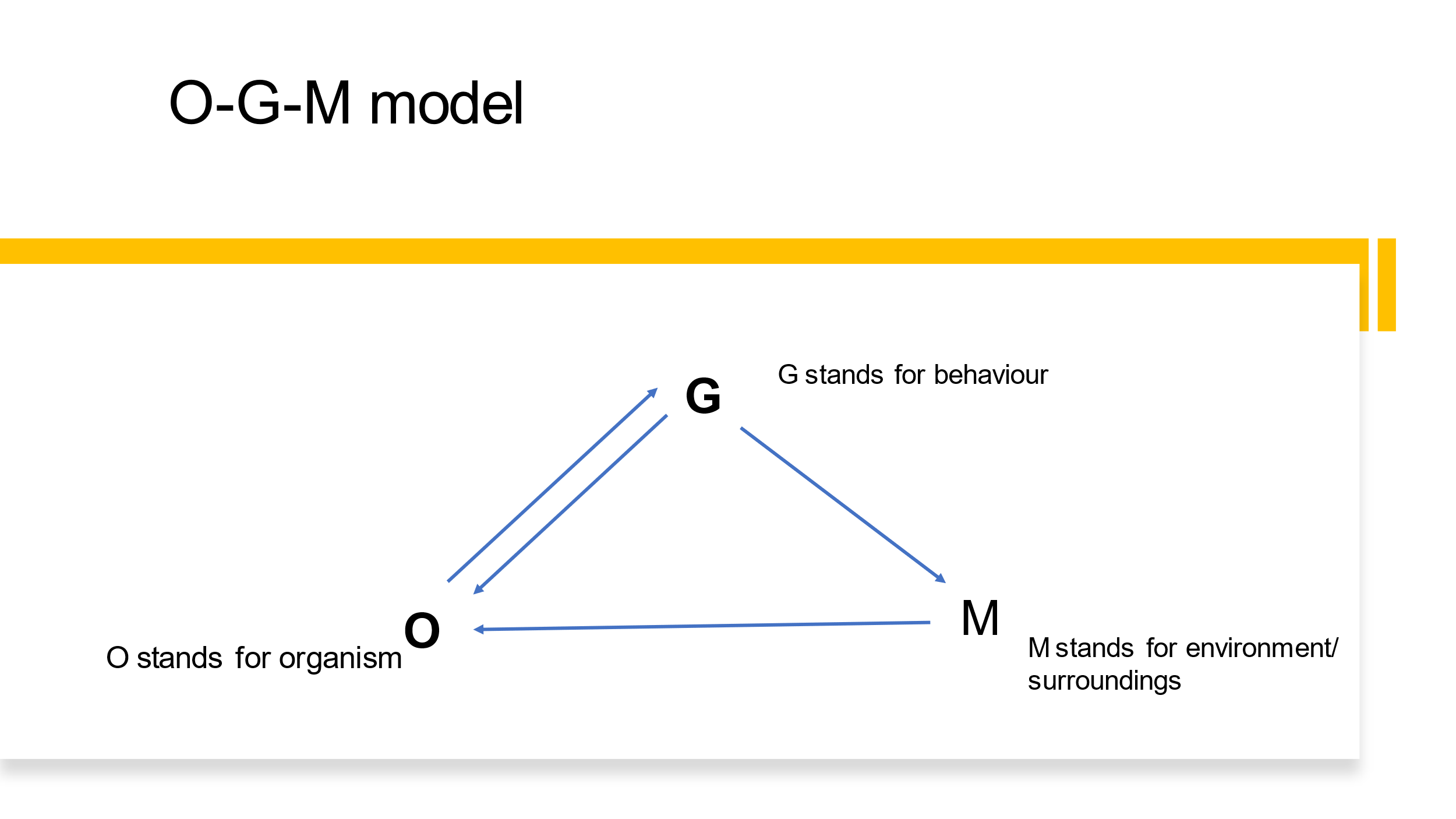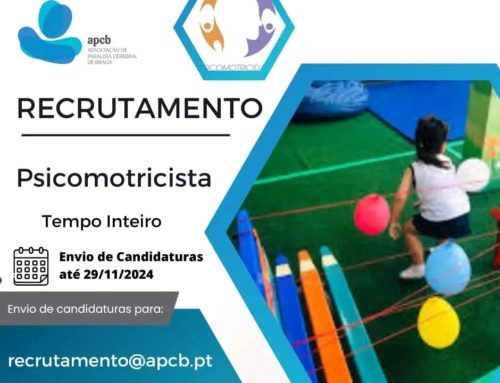Disfunção binocular na criança e a Prática Psicomotora

Figuur: The child is looking with one eye (oogbalans.nl)
Convidamos os Psicomotricistas Portugueses a colaborar neste estudo, integrado na dissertação de Mestrado que a Psicomotricista Marielle Dechesne Dalhuisen, está a realizar no Institute Superior de Rééducation Psychomotrice (ISRP), em Paris.
Para participar basta responder a este questionário (versão em inglês), que contempla 15 questões (tempo previsto de preenchimento: 10 minutos) – Questionário para Psicomotricistas
Para mais informações, ver abaixo descrição do estudo, disponibilizado pela autora.
Participe e divulgue!
Poorly Coordinating Eyes and Child Psychomotor Therapy Practice
This study concerns children aged 4 – 8 years, whose eyes do not coordinate properly. It’s about an age when the children go to school and learn. What does it do to the child if the eyes do not coordinate properly? How does a child actually look when they look with 1 eye?
The consequences of not properly coordinating a child’s eyes are not always clear. In this chapter there are two topics:
1. Are there links between eyes that don’t coordinate well and the child’s behavior and emotions? This is reported in the literature and the relationship is included in the models that a PMKTer uses in his/her research.
2. Do PMKTers not notice coordinating eyes properly? Poorly coordinating eyes are removed from the tests.
In research question 1, we use the literature and focus on two models that are used in PMKT practice.
In research question 2, we look at the most common tests used in PMKT practice and the results of a questionnaire among PMKTers
Links between poorly coordinating eyes and behavior/emotions
First connections from the literature
Is the behavior, emotion or motor skills different from a child with eyes that coordinate well? How does the child stand in the room, can a child oversee a room or is it chaotic for the child. And does a child react quickly enough to catch a ball, for example? What about writing with these kids?
A study of children with amblyopia and children without (Dos Santos Cardoso de Sá, C., et al., April 2021) shows that the children without amblyopia have significantly better motor competence when using an MCA (Motor Competence Assessment battery) than the children with amblyopia, especially of stability and motor skills and impaired balance.
These findings from another study (Berk E., et al., Feb. 2019) suggest that lower self-esteem is associated with slower reading speed and poorer motor skills and may highlight the broad effects of altered visual development for children with amblyopia in their daily lives.
Double vision is usually caused by strabismus. Two statues stand side by side. (Jain S.,Mar 2022)
Models
The O – G – M model: Organism = the child itself – Behaviour – Environment of the child. The emotion falls under the behavior. The eyes are part of the Organism. So bad eyes are a defect in the organism, a poorly ventilated classroom (environment) affects not enough oxygen and can affect a child’s learning performance.
If the eyes do not coordinate properly, this has an effect on the sensory behavioural component (visual perception). It is more difficult to tune in to the environment, which can cause a child to behave awkwardly (motor behavior component). It gives an insecure feeling, which has an effect on the emotional behavioral component. As a result, a child may become withdrawn and make little contact with friends (the social behavioural component (Brands – Zandvliet W., et al., Aug 2015).

The DIR model (the Dynamic Systems Model of Development) has been developed by Greenspan and Wieder (2012, p.7). The model highlights the power of relationships and emotional connections to fuel development. Through a deep understanding of the “D” ( the developmental process) and the “I” (a person’s individual differences) we can use the “R” (human relationships) to promote healthy development and to help everyone reach their fullest potential. This is widely used for children with autism, but also for children whose eyes do not coordinate properly.



Deixe o seu comentário
You must be logged in to post a comment.